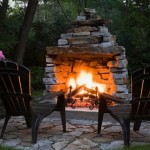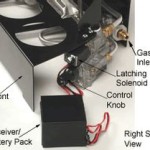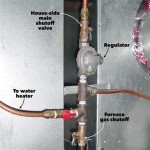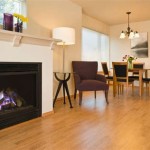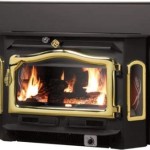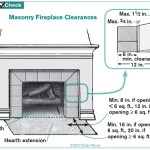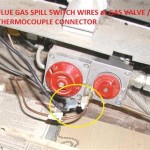Radiant Heat Propane Fireplaces: A Comprehensive Guide
Radiant heat propane fireplaces offer a luxurious and efficient way to warm your home. These fireplaces, fueled by propane gas, provide a realistic flame and a comforting ambiance while delivering effective heating. The radiant heat produced by these fireplaces allows for a more direct and concentrated warmth compared to traditional wood-burning fireplaces. This guide will delve into the key features, benefits, and considerations of radiant heat propane fireplaces, providing a comprehensive overview to help you make an informed decision.
Efficiency and Convenience
Radiant heat propane fireplaces are known for their efficiency. Propane is a clean-burning fuel that produces fewer emissions than wood. Unlike traditional wood-burning fireplaces, propane fireplaces do not require ash removal or wood storage. The gas supply is easily regulated, allowing for precise control of the flame size and heat output. These features contribute to a more convenient and hassle-free heating experience. Furthermore, radiant heat propane fireplaces are designed for optimal heat distribution, directing warm air directly into the room, creating a more comfortable and evenly heated space.
Versatility and Design
Radiant heat propane fireplaces come in a wide variety of styles and sizes, offering versatility for any home decor. From traditional masonry fireplaces to modern minimalist designs, you can find a fireplace that complements your aesthetic preferences. The various styles include freestanding units, inserts for existing fireplaces, and wall-mounted models. Many models feature intricate details, such as realistic flames, decorative logs, and glass doors that enhance the visual appeal and create a captivating focal point in your living space. The versatility of design allows you to choose a fireplace that seamlessly integrates with your home's architecture and complements your interior design choices.
Safety and Maintenance
Safety is paramount when considering any fireplace. Radiant heat propane fireplaces are equipped with advanced safety features, including automatic shut-off valves, flame sensors, and a pilot light system. These features ensure safe operation and minimize the risk of accidents. Regular maintenance is essential for optimal performance and longevity. This includes checking the gas line connections, cleaning the burners and glass doors, and inspecting the vent system. Following the manufacturer's guidelines for maintenance will contribute to reliable operation and a long-lasting fireplace.
Installation and Considerations
The installation process for a radiant heat propane fireplace typically involves professional assistance. An experienced installer will assess your home's structure and ensure the proper ventilation and gas line connections are in place. When choosing a fireplace, consider factors such as the size of your room, the desired heat output, and the fuel source availability. Propane tanks can be stored outside, requiring regular refills, while some models offer direct access to the gas line. It is important to research local regulations and safety standards regarding propane fireplace installations.
Cost and Efficiency Comparison
Radiant heat propane fireplaces offer a cost-effective alternative to traditional wood-burning fireplaces. While the initial purchase cost may be higher, the long-term efficiency and reduced maintenance costs can lead to significant savings. However, the total operating cost will depend on propane prices in your area and the usage patterns. Comparing fuel costs and efficiency ratings can help you determine the overall cost-effectiveness of a propane fireplace in relation to other heating options.
Radiant heat propane fireplaces offer a combination of efficiency, convenience, and aesthetics that enhance the warmth, ambiance, and value of your home. By carefully considering your needs and preferences, you can choose a fireplace that meets your specific requirements and creates a cozy and inviting atmosphere in your living space.

What Is The Difference Between Radiant And Convection Heat

Heatilator Element 42 Traditional Uninsulated Radiant Heat Wood Burni Us Fireplace

Stoves Wood Gas Pellet Lopi

The Advantages Of A Propane Fireplace Temprite Climate Solutions

What Is The Difference Between Radiant And Convection Heat

Gas Tank Space Cabinet Heater Portable Propane Radiant Heat Stove Indoor Outdoor

Gas Fireplaces Inserts Stoves And Heaters The Hearth

Comparing Wood And Propane Heat Tiny Stove

Valor Fireplaces Natural Gas Propane Electric

Fireside Franklin Soapstone Gas Stove Woodstove
Related Posts

